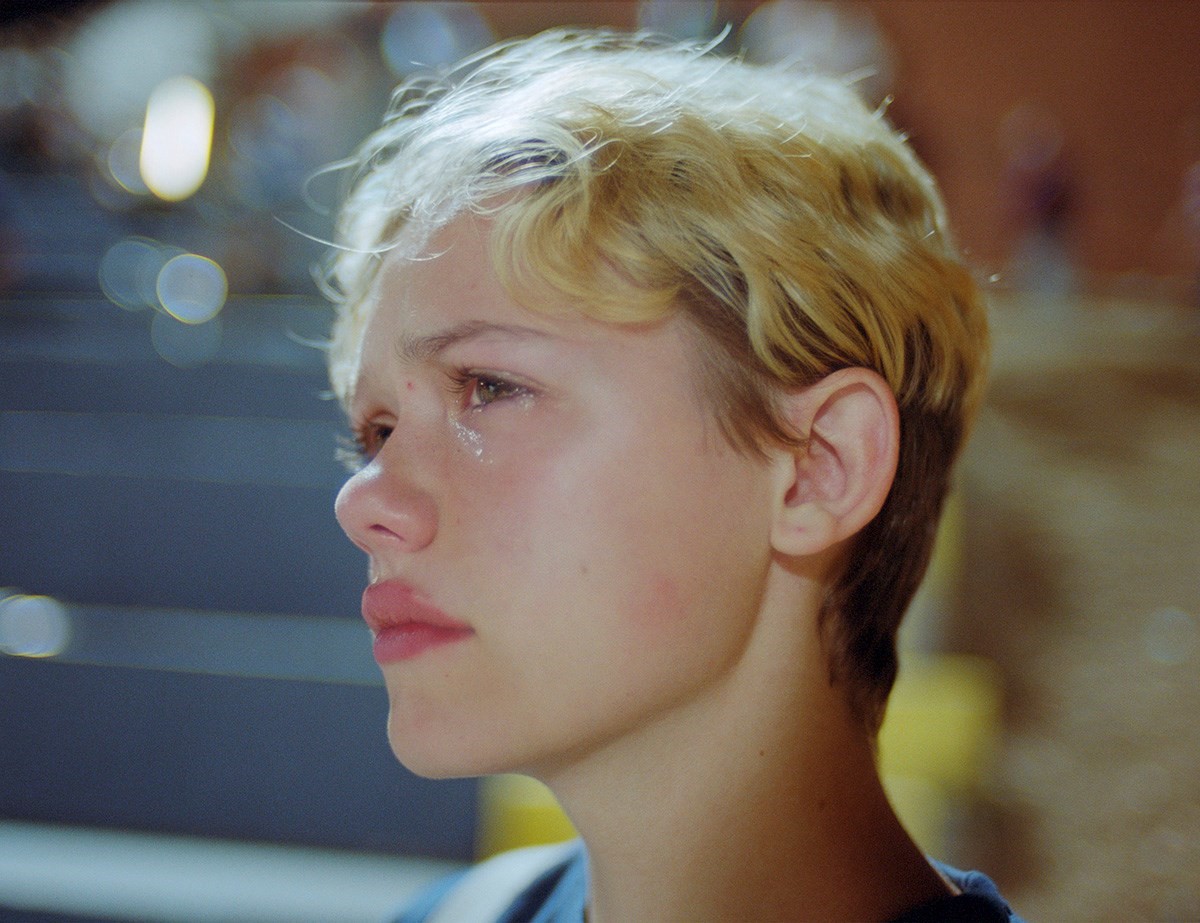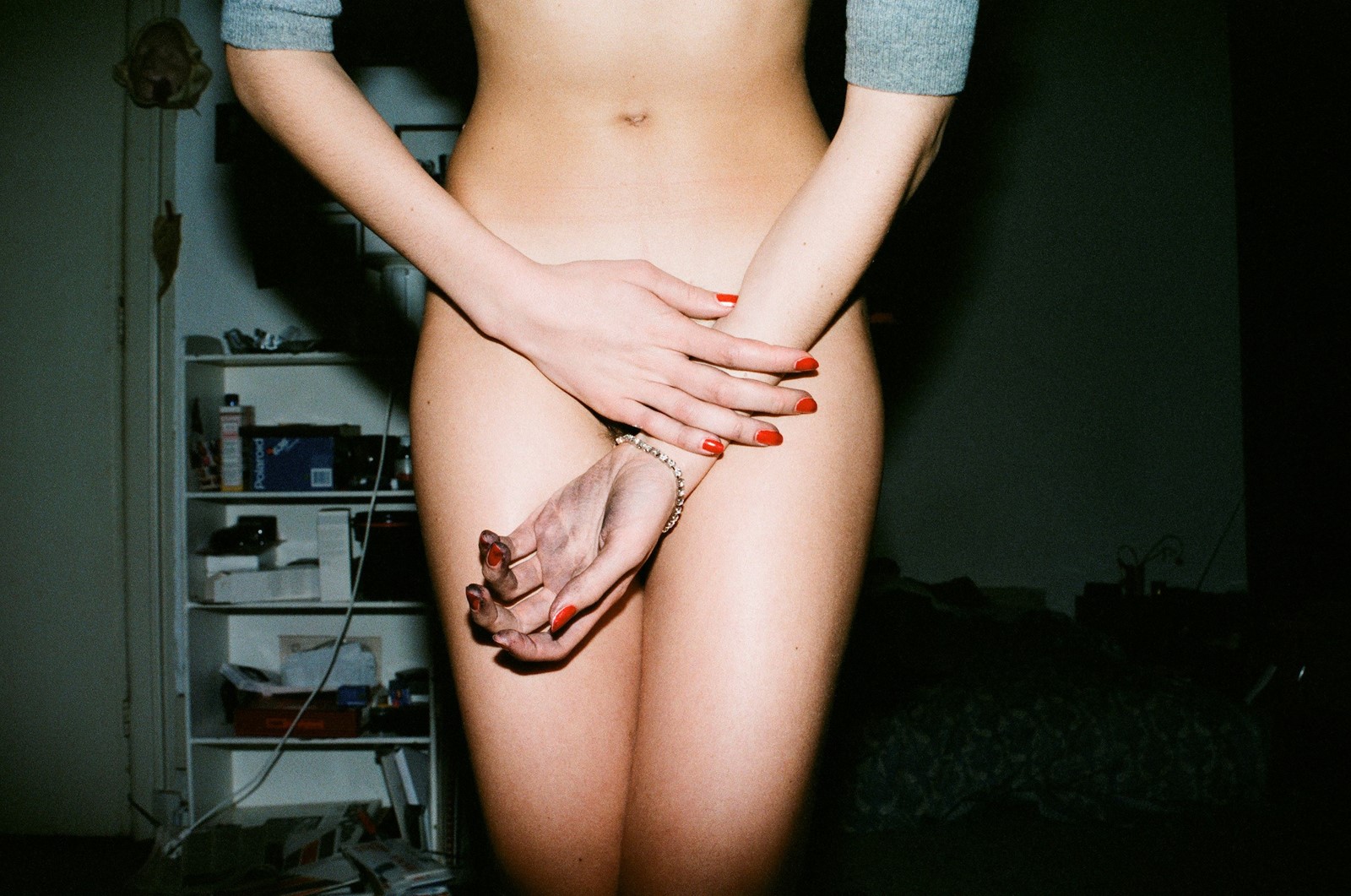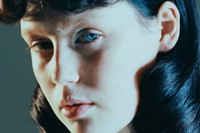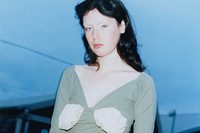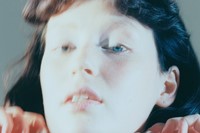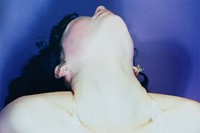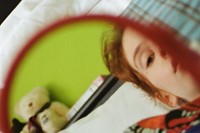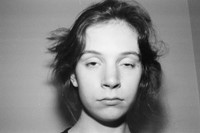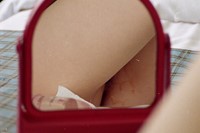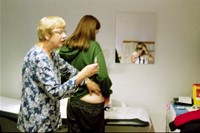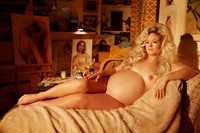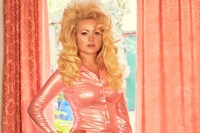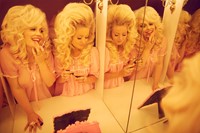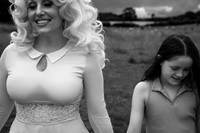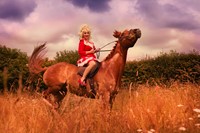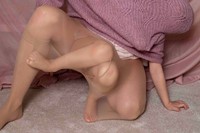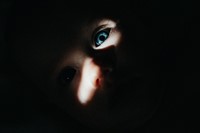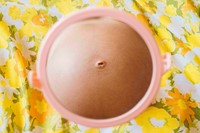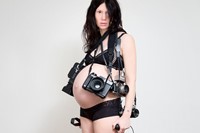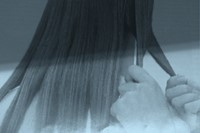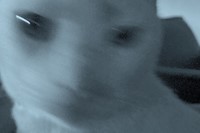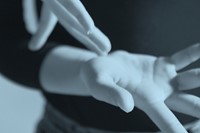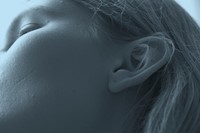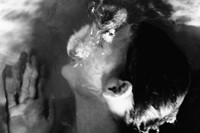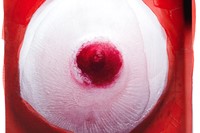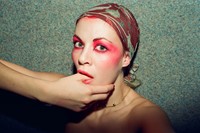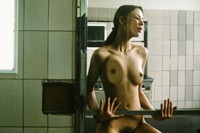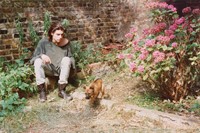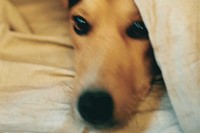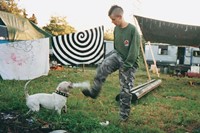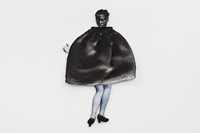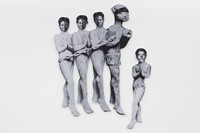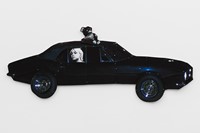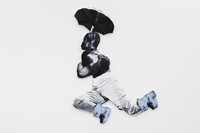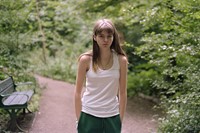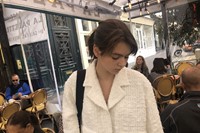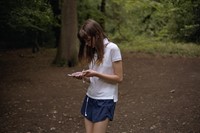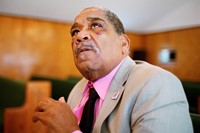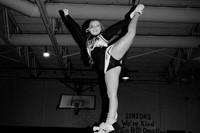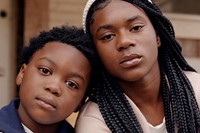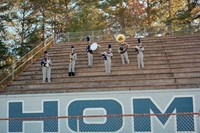Photography is a lens on the world but it’s more than a siloed perspective: it’s a relationship of experiences, of trust, of connection between artist and subject – and the resulting work, its embodied reception. If these contours have been historically shaped by the male gaze, several women-led photography projects of this past year have so poignantly contorted, eased, and rejigged this relationship in support of new audiences and new connections.
Take, for example, Chloé Le Drezen’s magical play of light and composition which allows her model to fill the frame with what, and how much, they want to reveal, while Charley Dean Sayers turns the camera on herself to open a similar crucial, vulnerable space, for the trans community and their support networks. Angela Hill’s photographs of her daughter’s journey through adolescence bravely allow resentment into the larger, loving visual identity of their relationship, just as Vivian Sassen used self-portraiture to help negotiate her sense of self during this same turbulent period.
Molly by Chloé Le Drezen
Photographer Chloé Le Drezen’s zine Molly, created in collaboration with stylist Elle Britt, is an intimate ode to her close friend and model Molly Hunloke, exploring the depth of beauty and personality that is revealed when the creative process is reared by trust. The sublime portraits, imbued with Le Drezen’s magical interplay of light and composition, reveal the subtleties and nuances of Molly’s story as well as those of their friendship. “It’s like writing a book about someone. It holds a story – I hope to some extent there’s a tiny bit of that in our zine,” she says.
Read AnOther’s interview with Chloé Le Drezen here.
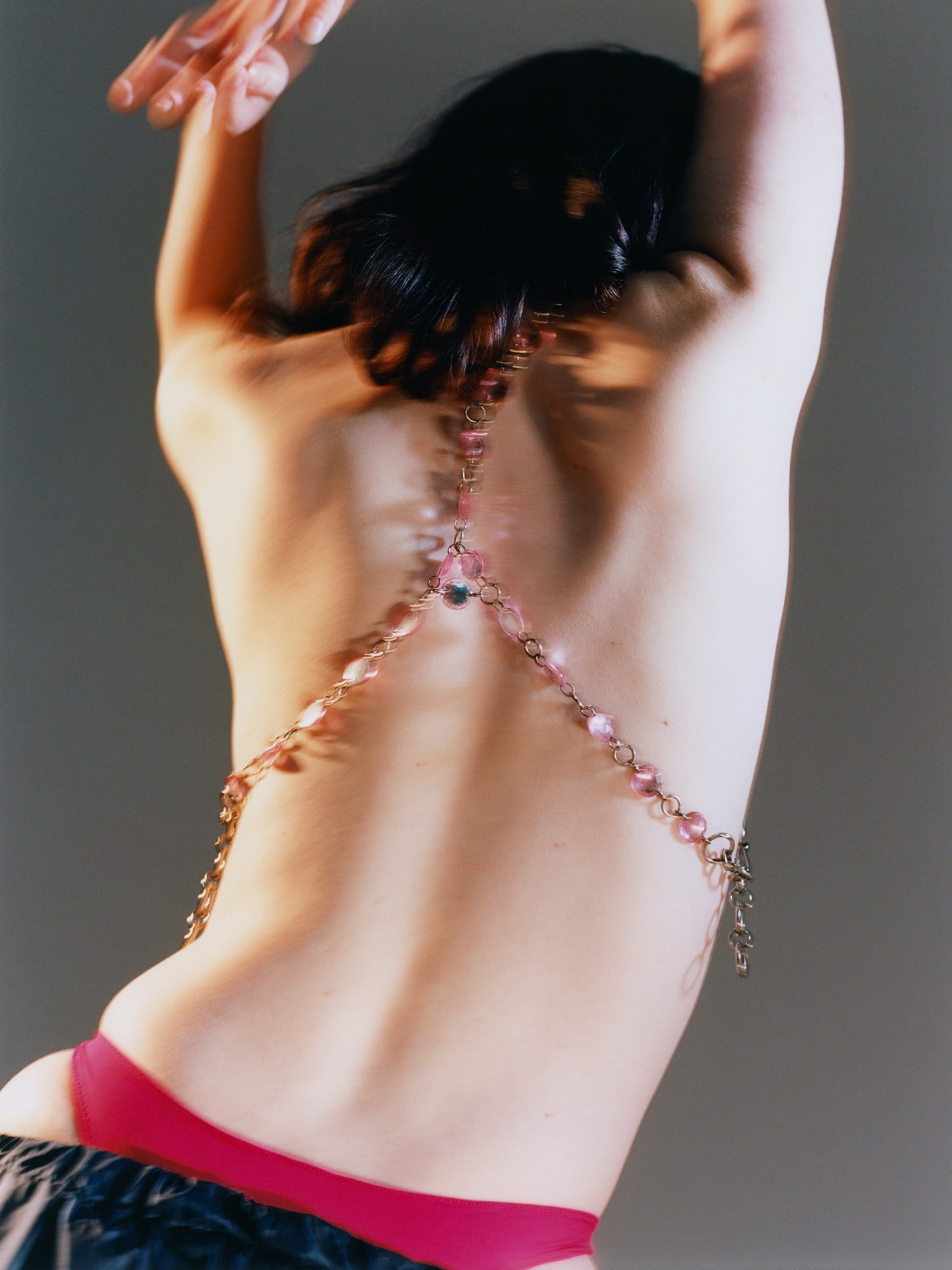
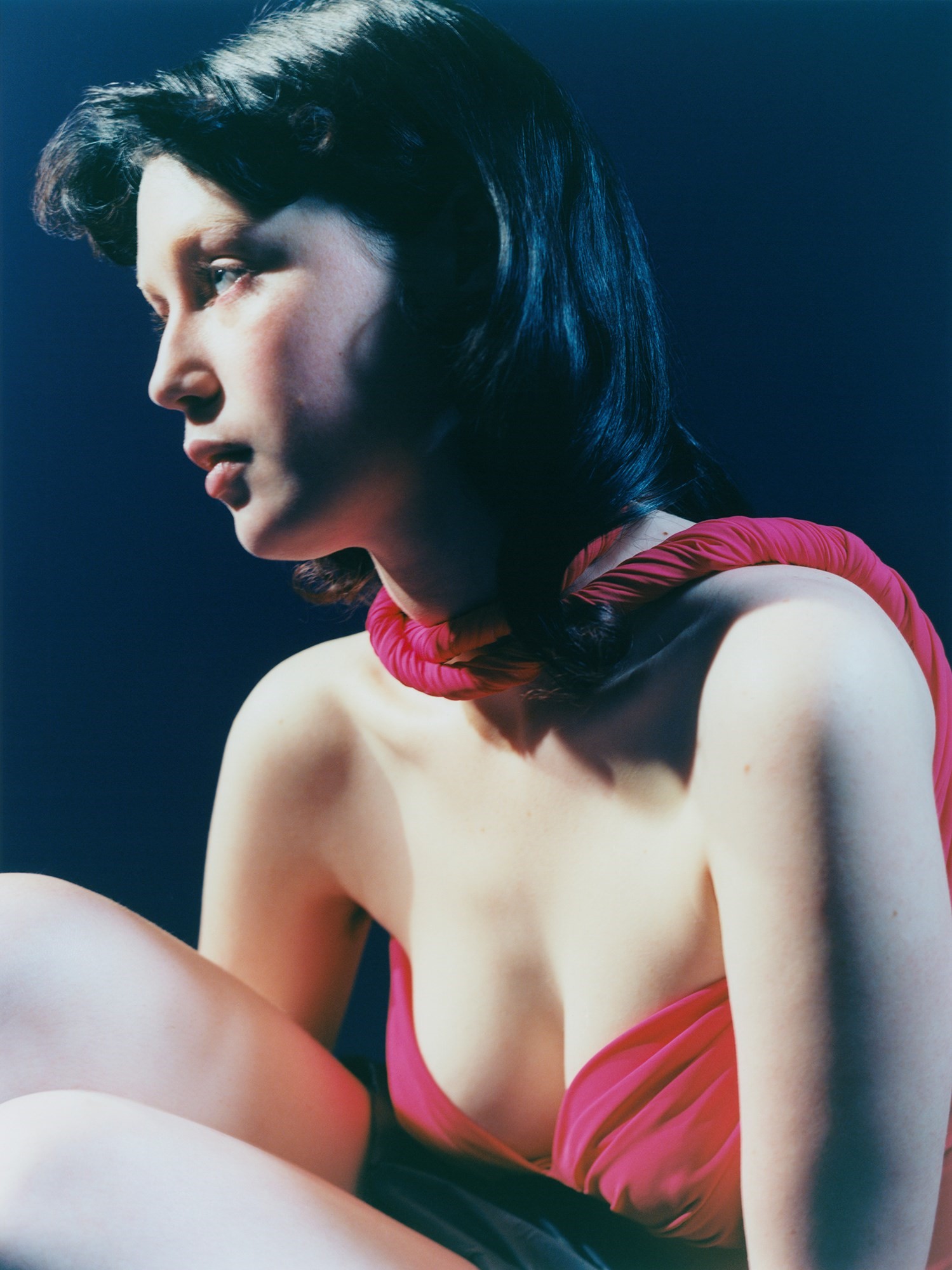
17th November by Charley Dean Sayers
“The trans community is rarely afforded the right to be unfiltered, when everything is seen through such a political lens by everyone else,” says model and artist Charley Dean Sayers of the driving sentiments of her book 17th November. Through a series of photographs, medical ephemera, and diary entries from both Sayers and her mother, the book intimately documents her experience of gender reassignment surgery at the age of 18 in Thailand. In doing so, Sayers forges a crucial space of, often painful, vulnerability for both the trans community and those that support them.
Read AnOther’s interview with Charley Dean Sayers here.
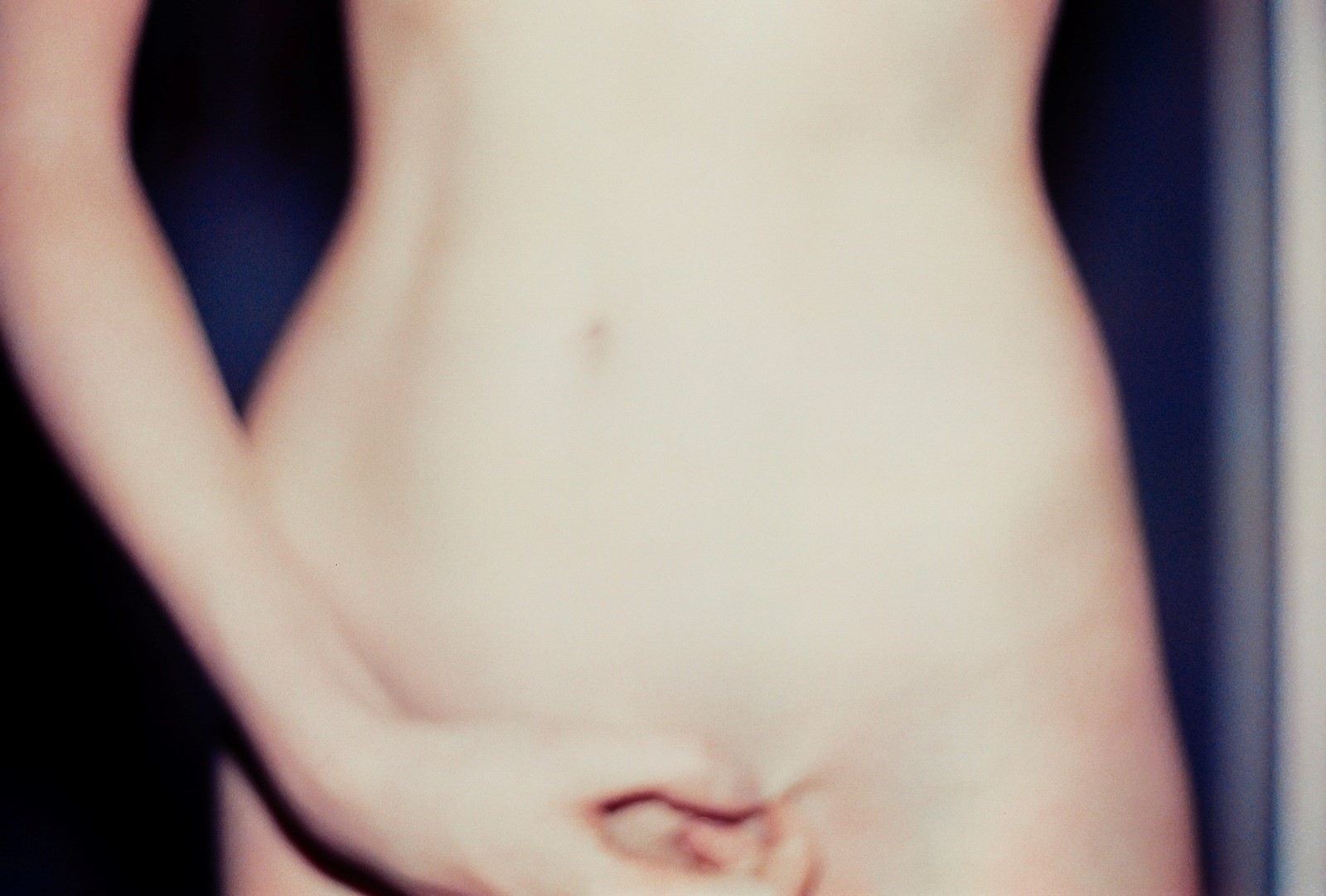
Dear Dolly by Alice Hawkins
For photographer Alice Hawkins, the discovery of Dolly Parton at a performance in London some 20 years ago shattered the diminishing tropes of sexualisation and inferiority that had been cast over her as blonde woman. “Her persona and presence gave clarity to the notion that you can be radiant, sexy, blonde, and almighty at the same time,” says Hawkins. Dear Dolly is, as such, a love letter to the American idol: featuring portraits of herself, friends, family, and fans as reimaginations of Dolly Parton, the book celebrates the star’s legacy whilst reinforcing that power can too be synonymous with femininity.
Read AnOther’s interview with Alice Hawkins here.
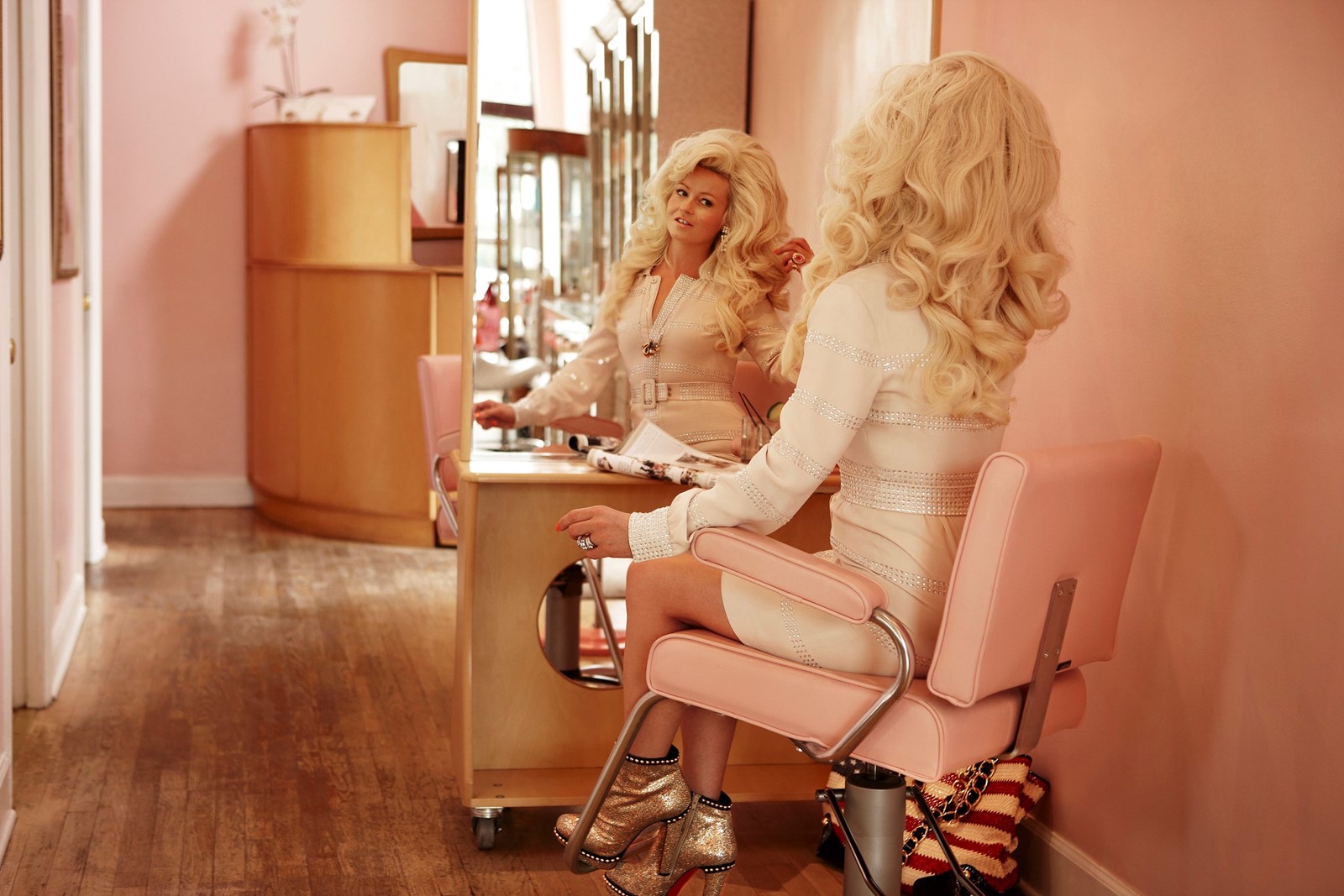
Eye Mama: Poetic Truths of Home and Motherhood by Karni Arieli
During the Covid-19 lockdowns, curator and photographer Karni Arieli started an Instagram account entitled the Eye Mama Project, calling for submissions that explore, what she has coined as, “the mama gaze:” experiences of any person who considers themselves a “mama figure”, including those who’d experienced IVF, miscarriage, abortion, fostering, adoption, and same-sex couples. Eye Mama: Poetic Truths of Home and Motherhood is Arieli’s curated edit of 200 photographs (of the 4,200 submissions she received) that beautifully consider the diverse shades of motherhood – all of which are axed on a prevailing duality: the loss of one’s sense of self in place of another.
Read AnOther’s interview with Karni Arieli here.
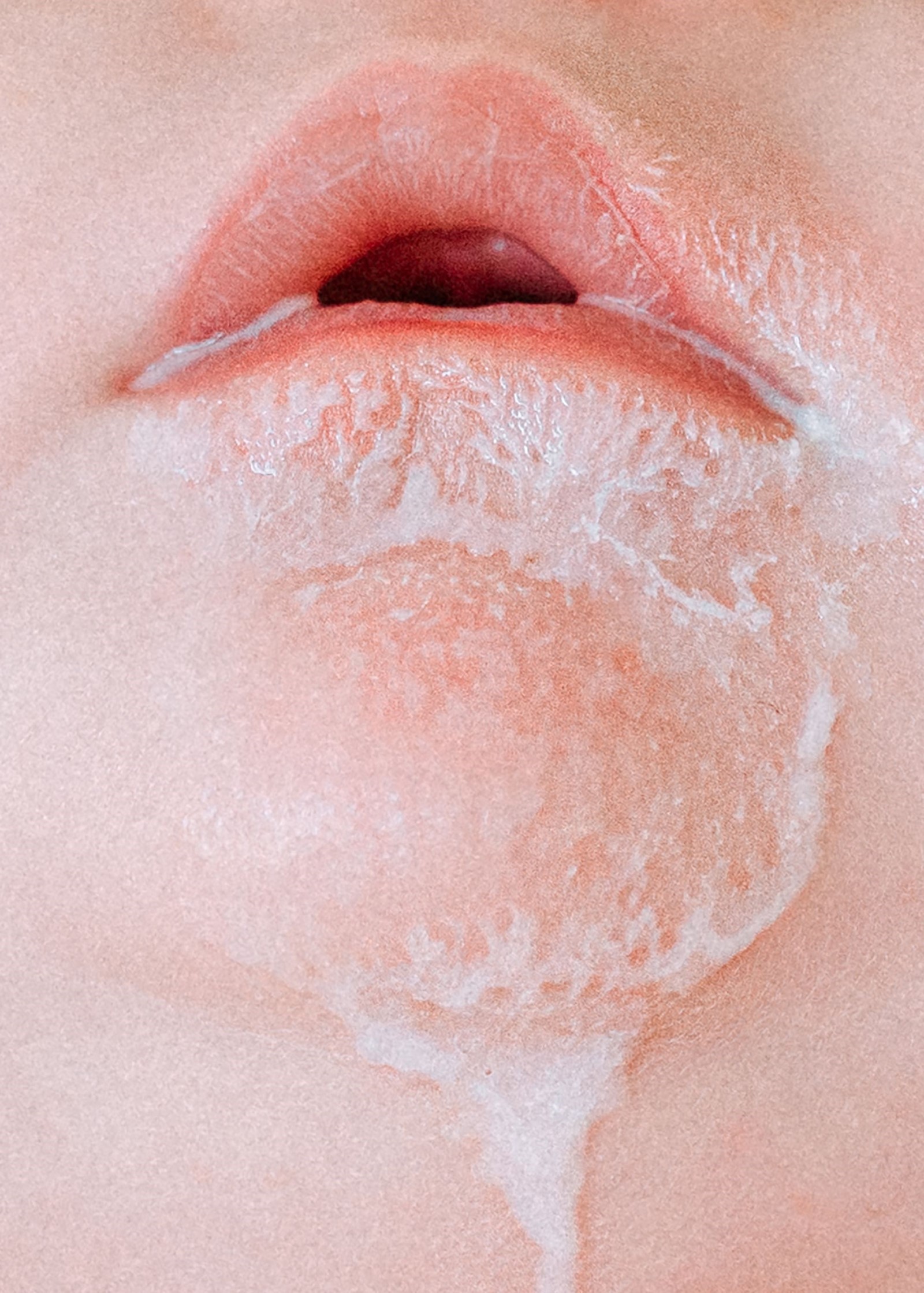
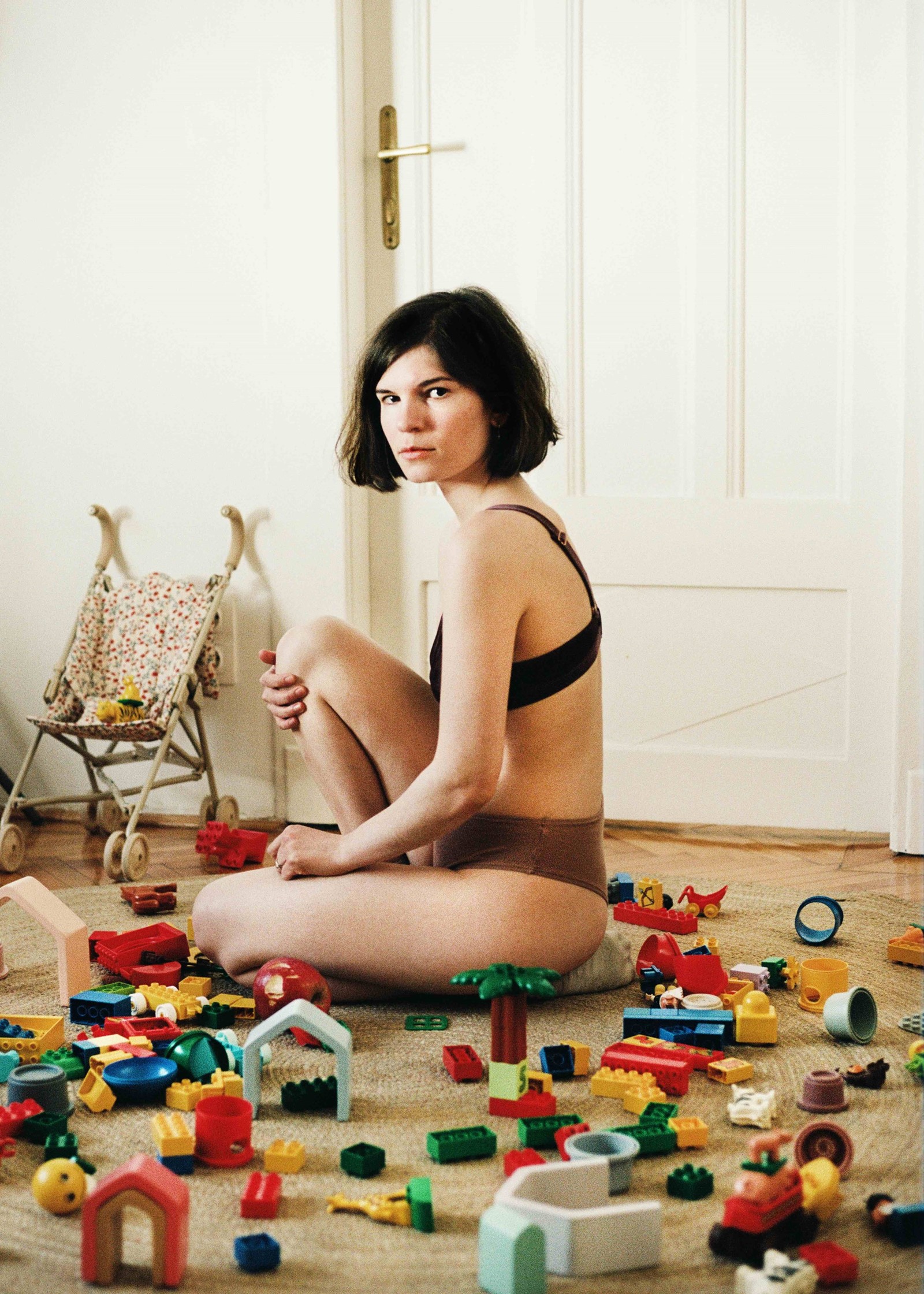
From my telephone, Shampoo girl, Flower bed by Senta Simond
Photographer Senta Simond’s tender zine From my telephone, shampoo girl, Flower bed, published by Innen, is about process rather than final product – as well as being an exercise in practicing softness and vulnerability with oneself. Printed in black-and-white tones on blue paper, the zine is a raw dialogue between photographs pulled from Simond’s phone archives, some of which date back as far as 2017. “Even if there is not a specific subject, it’s funny how it’s very consistent,” says Simonds, “I think my research and images are often about women, representation, faces … to gather all of it like this kind of makes sense.”
Read AnOther’s interview with Senta Simond here.
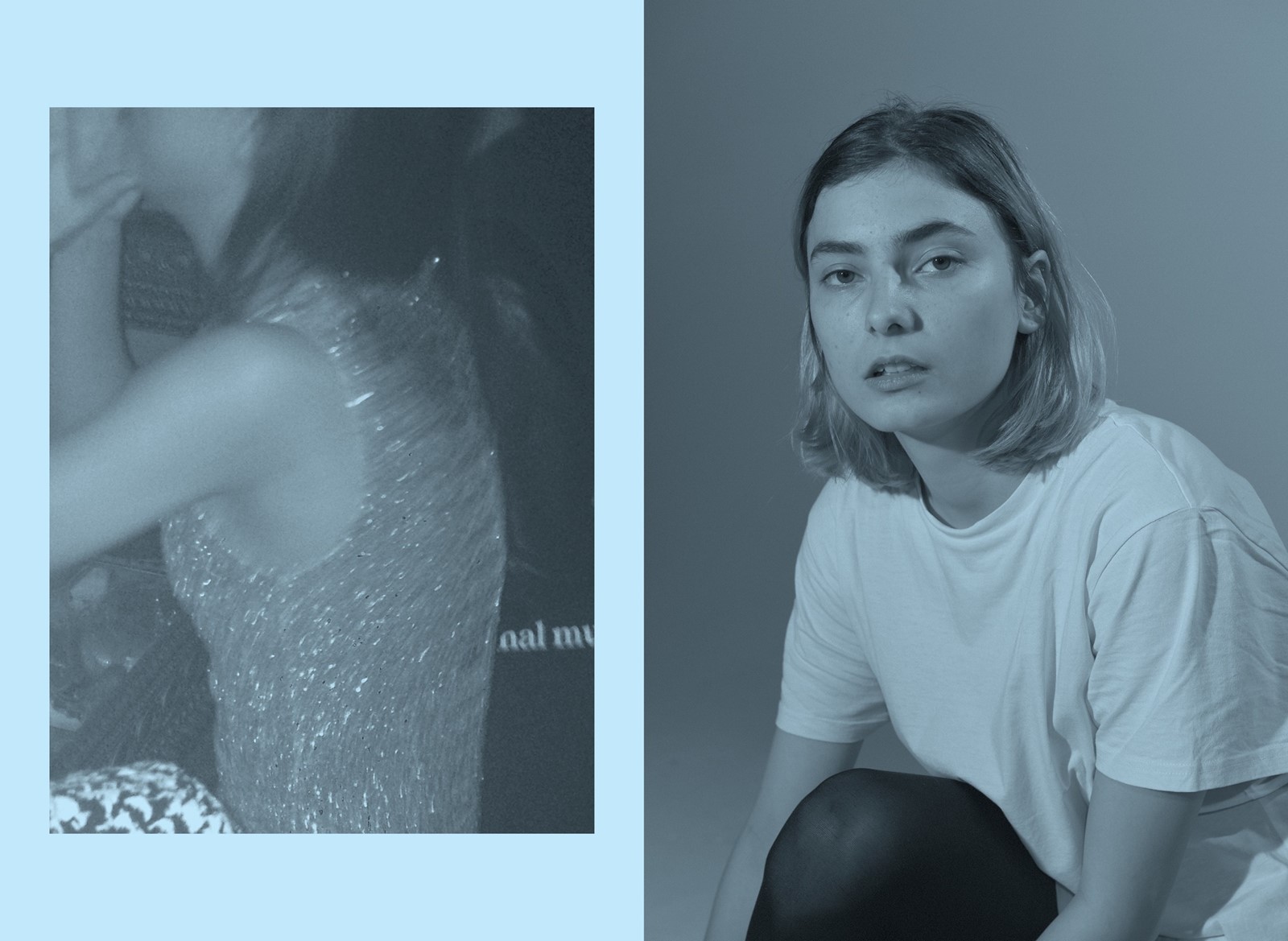
Self-Portraits 1989-1999 by Viviane Sassen
Released on the occasion of the retrospective of her work at Paris’ Maison Européenne de la Photographie, Self-Portraits 1989-1999 turns the camera back on Viviane Sassen. The book offers a rare insight into the photographer’s earliest experiments with the form: starting as a teenager making “fashion pictures with her friends,” self-portraiture became an important tool for her to explore her sexuality and carve out her own identity. These experiments, as well as her experience as a model, fuelled her desire to be behind the camera and define a fresh perspective that challenged the strictures of the male gaze.
Read AnOther’s interview with Vivane Sassen here.
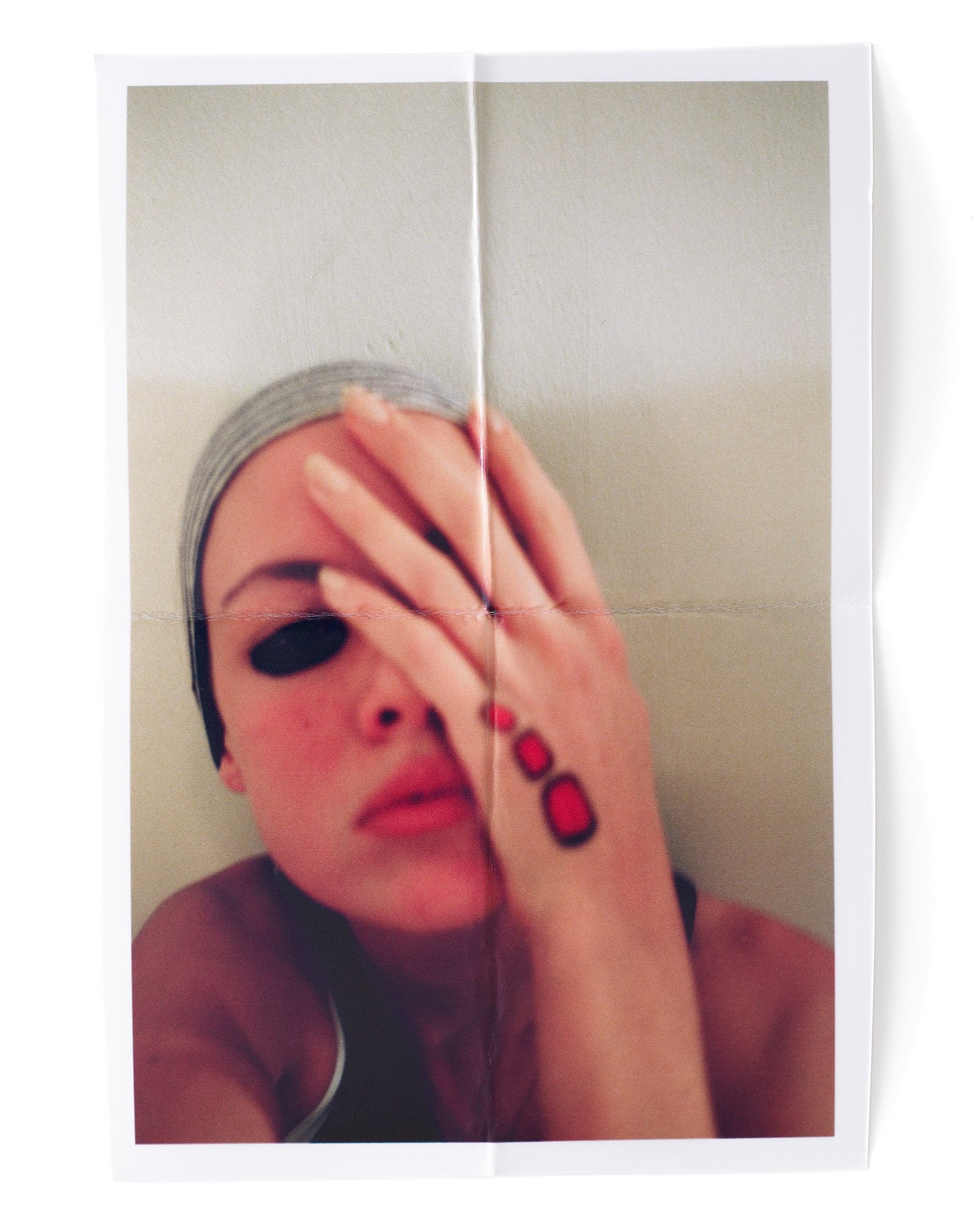
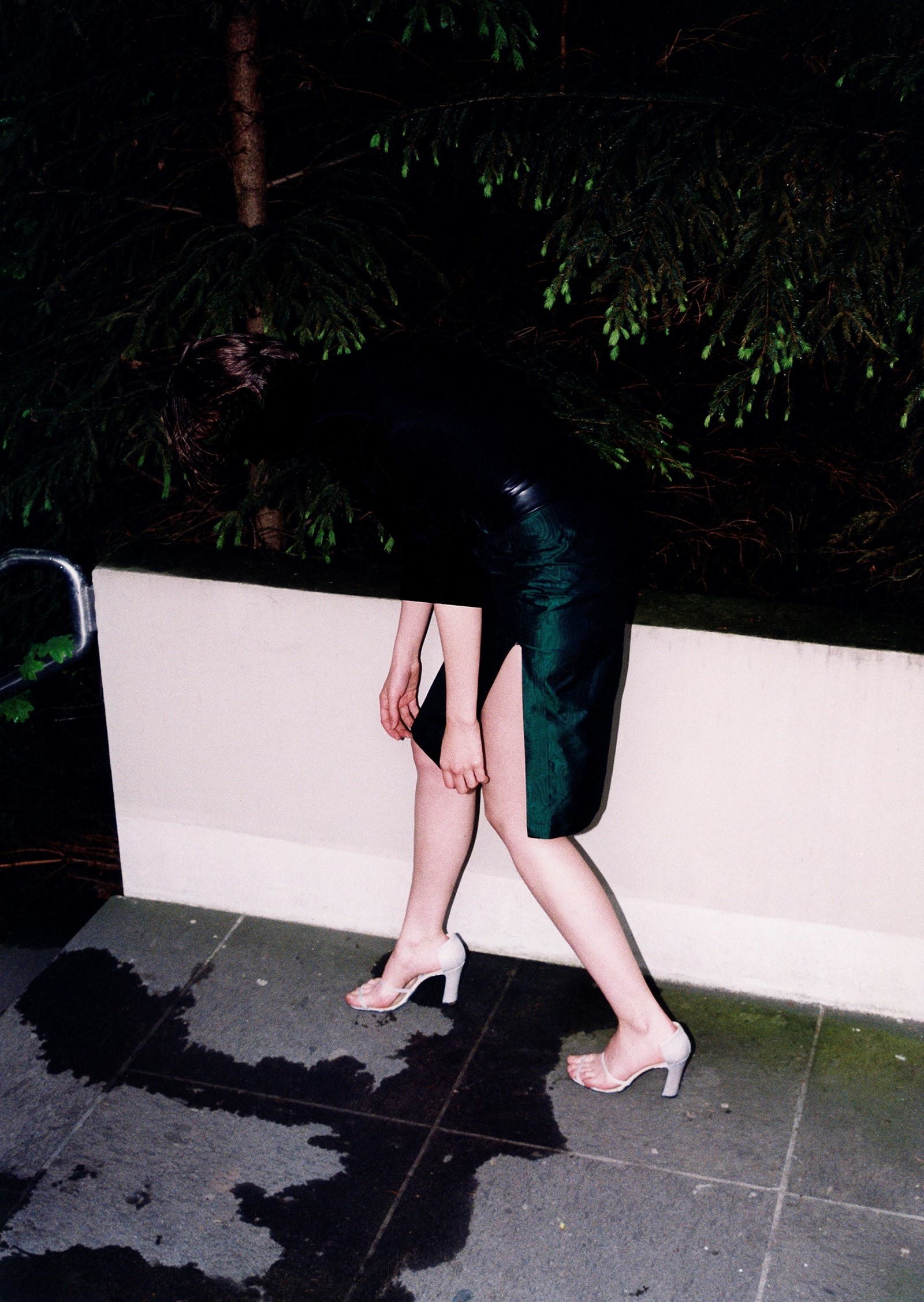
Me, Us, and Dogs by Vinca Petersen
Vinca Petersen’s exhibition Me, Us, and Dogs at Edel Assanti was an invitation into the “private, deep down kind of joy” cradled within her well-documented nomadic life. If previous exhibitions of her work were an outward expression of the counterculture Petersen lived within, this series was divided into “diaristic constellations,” inward reflections on the themes of home, identity, connection, and dogs. “It is my diary, of course, but it’s a woman’s diary, and often that reflects back to a lot of other people.”
Read AnOther’s interview with Vinca Petersen here.
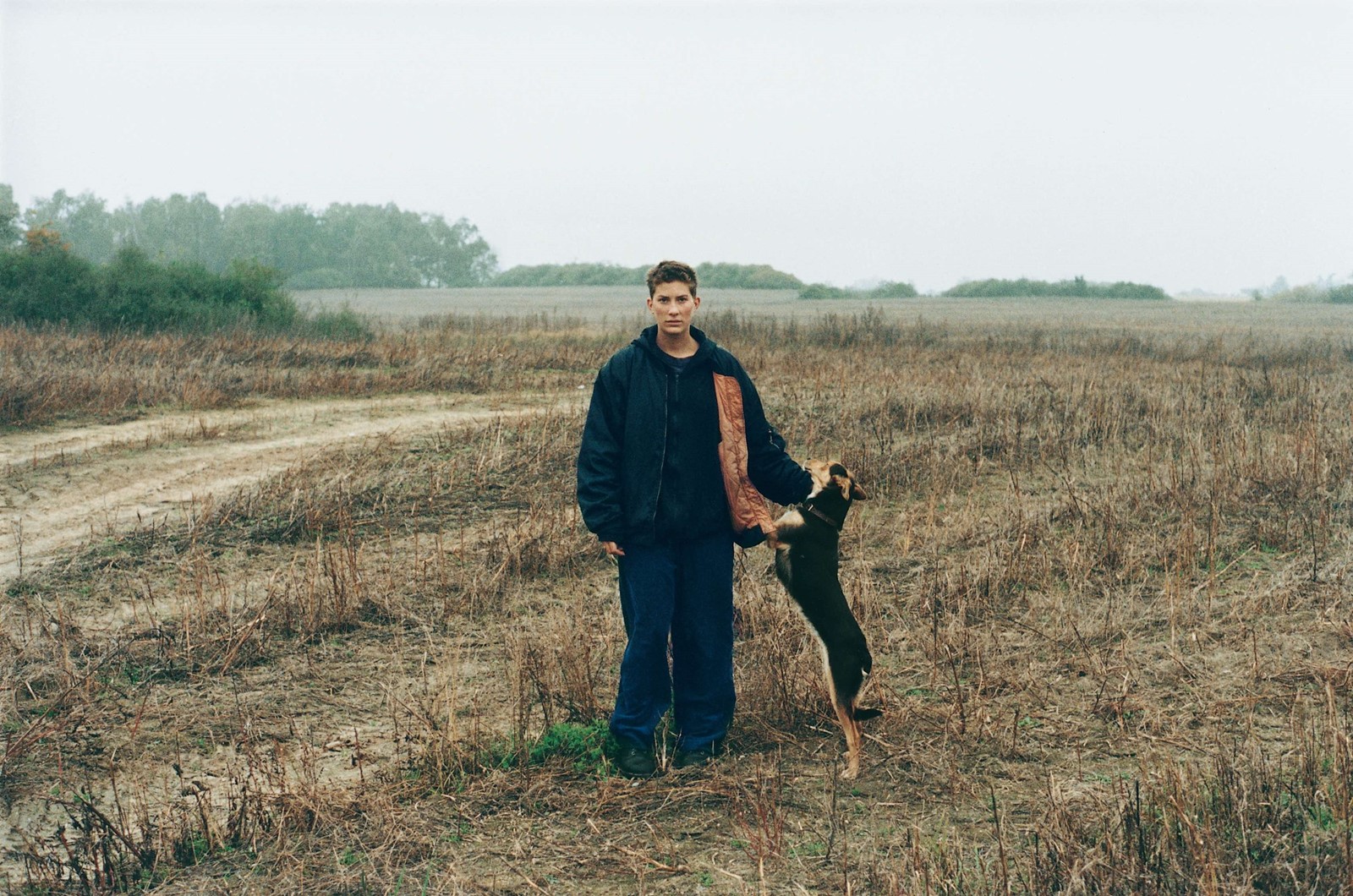
Things I saw at night by Frida Orupabo
For artist Frida Orupabo, collage is a way to craft imagery that she wished she’d had growing up: “the only alternative was to make [the images], by cutting away, adding and manipulating.” Her show at Modern Art in London this year was comprised of large-scale black-and-white collages, exploring the strange duality of fantasy and fear that eclipses the world when night falls. The subjects of her work – built of associations from contrasting worlds, like a sculpture from Notre-Dame cathedral with the head of a Black woman – all peer back at the spectator, reversing the gaze: “to look back is to refuse objectification,” she says.
Read AnOther’s interview with Frida Orupbo here.
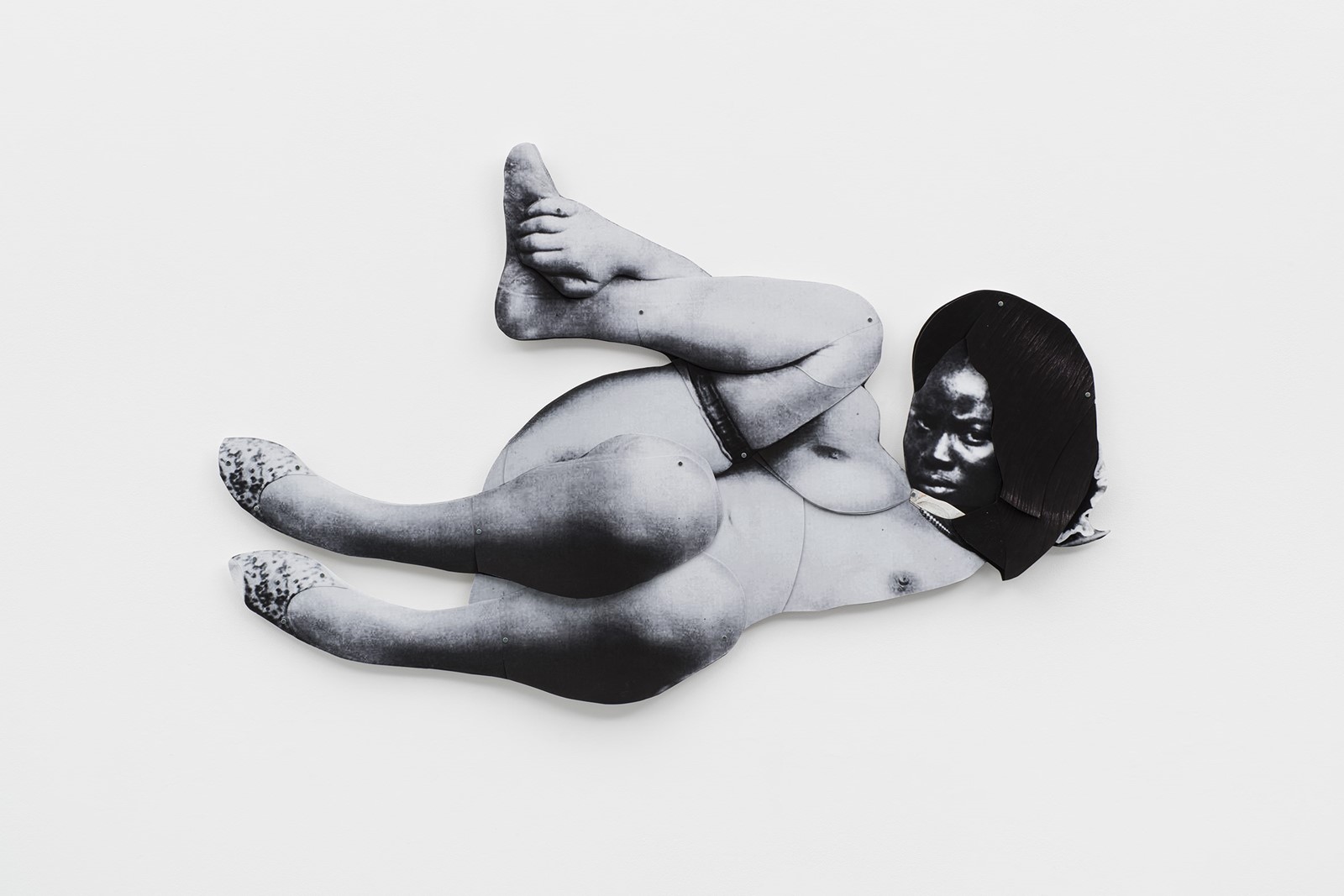
Edith by Angela Hill
IDEA co-founder Angela Hill’s book Edith is a sentimental record, captured through her gaze as a mother, of her daughter negotiating the turbulence of adolescence. Like her first tome, Sylvia, the series documents two decades of Edith’s life. But unlike Sylvia, Edith is her daughter: the feelings of resentment and reluctance, which prickle many a parent-child relationship during this period, pierce through. Many photographs are shot in locations that Hill used to visit with her father as a child – a beautiful ode to the full-circled and universal nature of growth, self-discovery, and the awkward beauty of it all.
Read AnOther’s interview with Angela Hill here.
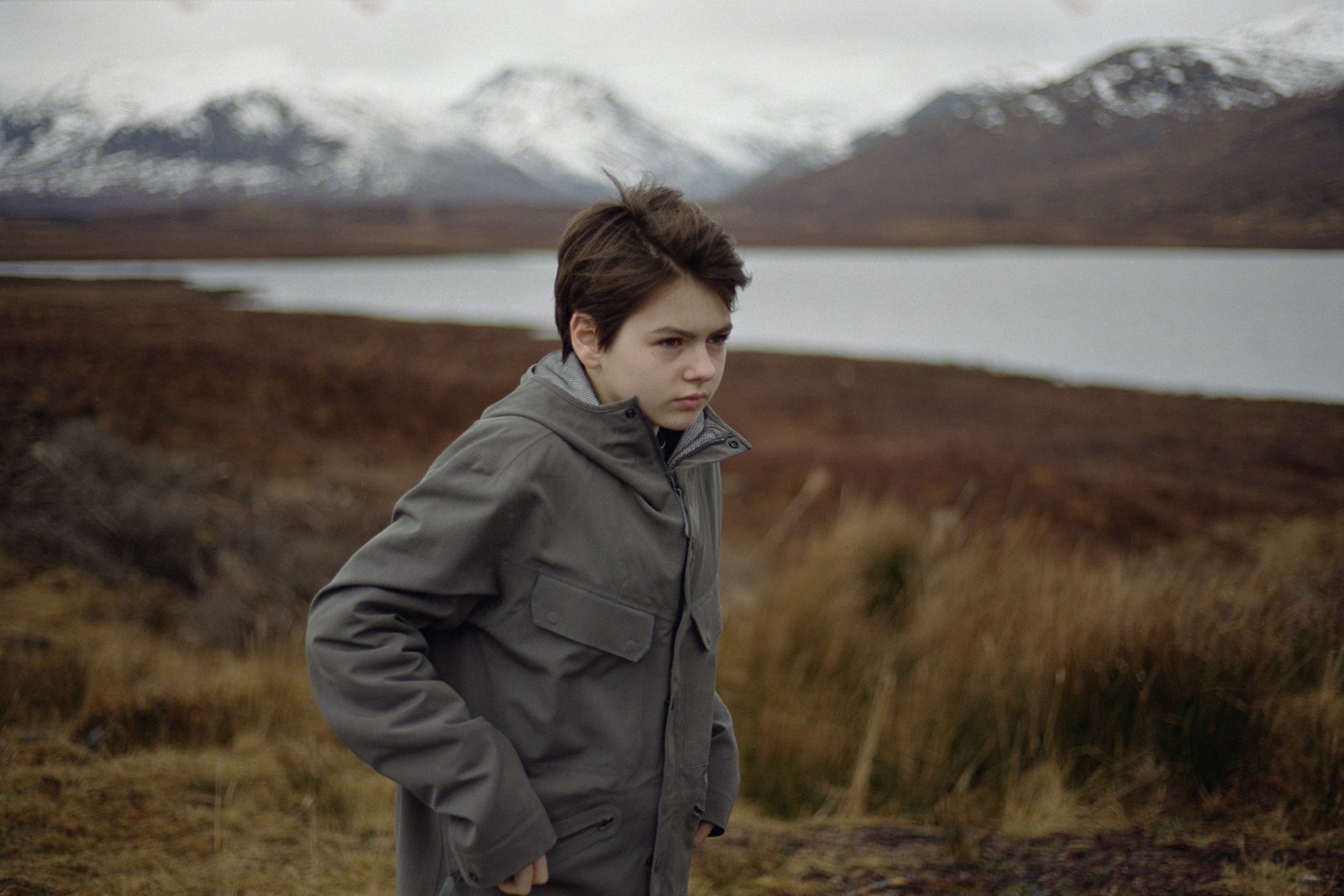
Dora, Yerkwood, Walker Country, Alabama by Fumi Nagasaka
Disillusioned and worn down after years working in New York’s fashion scene, it was an invitation to visit a friend in Walker Country, Alabama, that reignited photographer Fumi Nagasaka’s love for her craft. “I thought, ‘Oh, this is why I started photography – because I love connecting with people,’” says Nagasaka of the warm welcome the locals offered her. In the resulting series, Dora, Yerkwood, Walker Country, Alabama, Nagasaka’s sensitivity for uncovering beauty in the mundane celebrates the prevailing power of human connection to weather life’s ups and downs.
Read AnOther’s interview with Fumi Nagasaka here.
